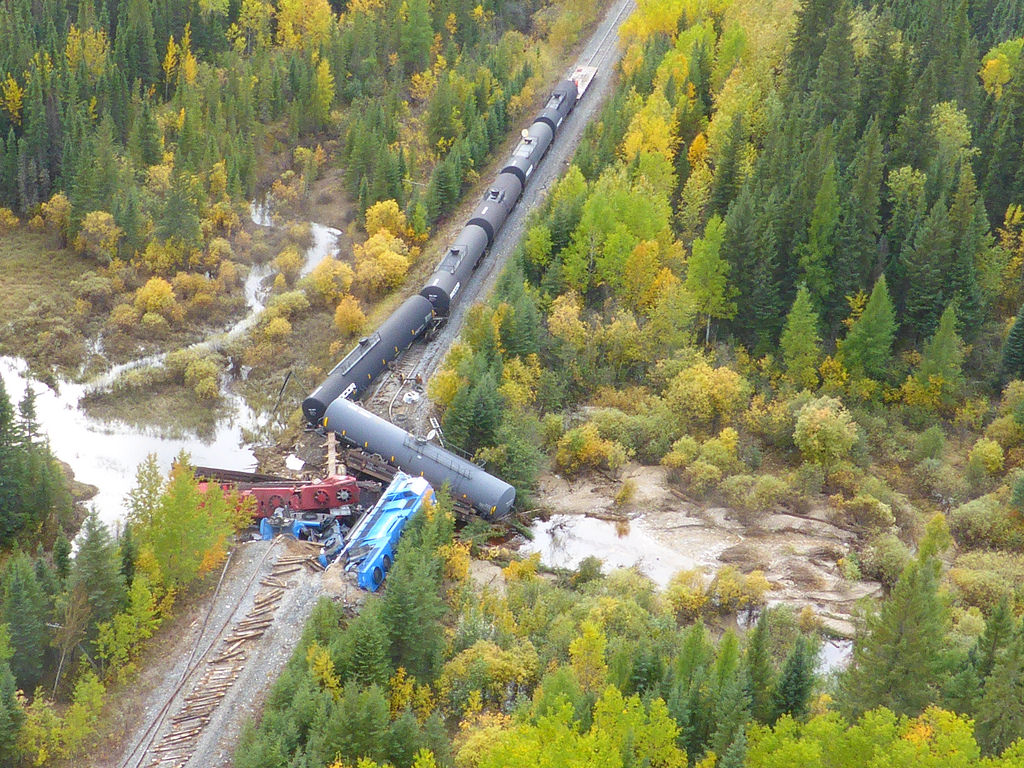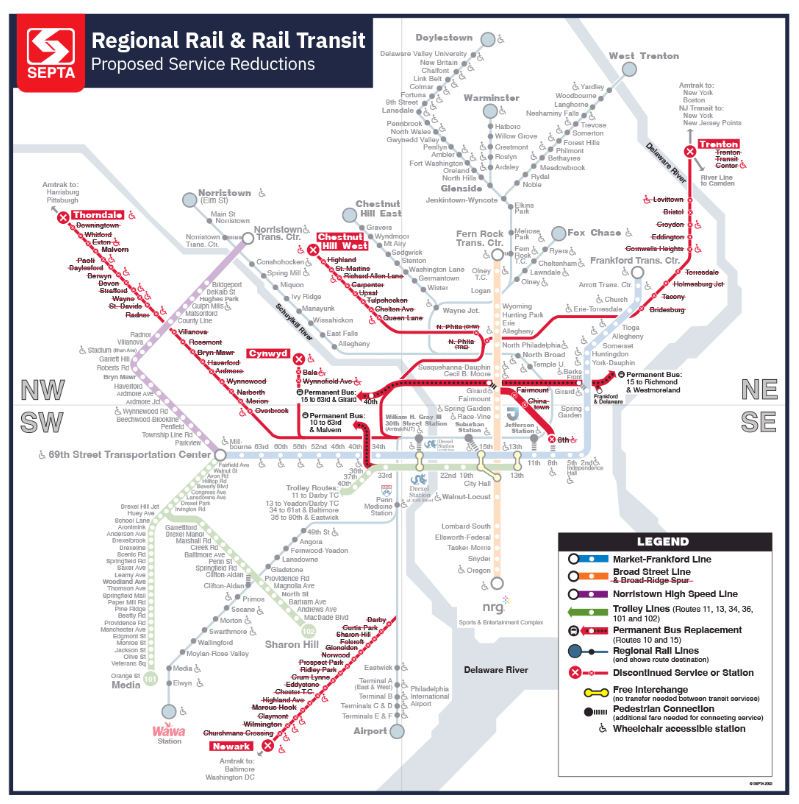A 38-year-old man died Saturday evening when an HBR train derailed on a bridge Ponton, about 90 miles south of Thompson. The victim – a man whose family had deep ties to the railroad industry – was trapped in the cab of the lead locomotive. A 59-year-old man was seriously injured in the wreck. Both men are from The Pas.
Jerry Berriault, an investigator for the TSB tells CTV News that the wood culvert likely washed away before the train arrived. The culvert was inspected the previous week, just a few days before the derailment.
“The lead locomotive struck the bank and three locomotives and four cars derailed. Two of those cars were carrying propane, none of which breached a leak,” Berriault says. “The stop was immediate, sudden and catastrophic.”
The TSB investigation into the incident continues.















I appreciate all the prior posts and see that the locomotives falling in the washout yanked the rails loose ahead. To bad, where beavers are busy and active, they did not have track inspection just ahead of any train where a beaver had one night to block any culvert. Amazing the damage a family of beavers can do overnight. Or restrictive speed put on any culvert and clearly mark their locations. More actions can be done to prevent the death of a train operator and still move trains. Even Amtrak has now told their engineers that they can go as slow as they feel safe for conditions. Safety comes before schedule.
GERALD MCFARLANE … Sorry I typed the rule wrong. It correctly reads:
FRA Rule reads $213.239: “Special Inspection”:
“In the event of fire, flood, severe storm, OR other occurrence which might have damaged track structure, a special inspection must be made of the track involved as soon as possible after the occurrence”
In that nature of country I would believe the Beavers are very active and give cause to be the OTHER OCCURANCE to require inspection more often than 3 days ago.
I am suspecting the villain here is beavers, with their instinct to dam up flowing water. Perhaps completely blocked the culvert, or a dam broke further upstream. Check the silt from the washout on the right side of the picture.
Just curious how long was it till the wreck was discovered or even how long it took to rescue the crew members ,cause it looks like a very remote location,
Take a close look and you can see the third diesel(also blue) plowed into the embankment between the red one and the other, it is bent completely in half, I think that is the lead engine and the one in which the fatality and injured crewmen were on.
W Cook,
Only one problem with your sending a Track Inspector before the train due to the following: I don’t know the Canadian rules but the TSB should require a rule similar to the FRA rule 213.239.
The wreck was caused by the failure of the Hudson Bay Railway management to have current track inspection ahead of a train, not days prior. FRA Rule reads $213.239: “Special Inspection”:
“In the event of fire, flood, severe storm, of other occurrence which might have damaged track structure, a special inspection must be made of the track involved as soon as possible after the occurrence” as you suggest, as far as I know there had not been any of the implied events in the week prior to running the train, so that rule would still have not prevented the derailment. As for your second question, a culvert in Canada may not have the same meaning as a culvert in the U.S., you can technically consider a wood span of 2 or 3 feet to be a culvert, it’s not long enough to be a bridge or trestle, so it’s just an open culvert(which can be huge, I take it you’ve seen 16 ft diameter pre-cast culvert pipes?) As for the spreading of the rails, that would be a combination of the wood culvert being washed away and the derailment of the train, just look at the one engine turned completely at a 90 degree angle to the right-of-way, that in of itself would trash the rail.
The process that wiped out the track in front of the train is that the rail is connected, so that when the wreck occurred, it pulled the rail out. Think of a telephone pole being pulled down. It pulls the wires from both directions, regardless of the direction it was hit from.
Part 2
Something looks very wrong in this aerial photo. That is sure larger than a culvert waterway, and what ripped the track apart and pushed the rails aside beyond the movement of the wreck. Two locomotives seem to be in view, wrecked. Surely there was not a third locomotive that ripped the track beyond the wreck. What do you think ripped the track apart?
I don’t know the Canadian rules but the TSB should require a rule similar to the FRA rule 213.239.
The wreck was caused by the failure of the Hudson Bay Railway management to have current track inspection ahead of a train, not days prior. FRA Rule reads $213.239: “Special Inspection”:
“In the event of fire, flood, severe storm, of other occurrence which might have damaged track structure, a special inspection must be made of the track involved as soon as possible after the occurrence”.
This would require a qualified Track Patrolman, and a bridge inspector to proceed just ahead of a train, not days before the train movements.
If CSX complied with this “Special Inspection” which is a requirement, not a suggestion, they would not have destroyed 4 newly rebuilt locomotives and 2 of their own locomotives in North Carolina few days ago. The cause of that wreck was not a washout, it was the failure of management, and the dispatcher to comply to rule 213.239 as required. They sure paid a fortune to save a few bucks on a track patrol. The aerial images of the CSX wreck clearly showed the wash away of ballast and the water was still flowing. It was damage that was very clear to see that a track patrol would have prevented the wreck. https://www.wral.com/floodwaters-wash-train-from-tracks-in-anson-county/17850499/